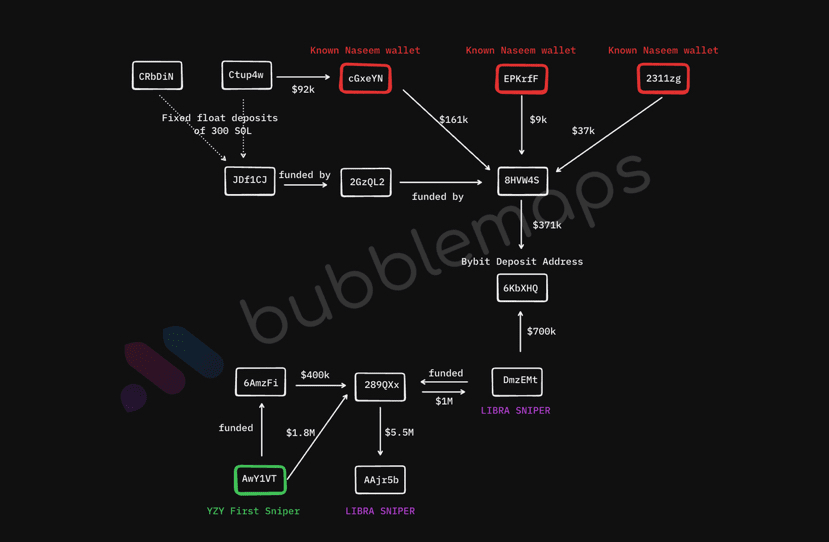Starting at the end of July, Binance Square launched a creator activity for Bubblemaps with a total reward of 150,000 USD in BMT. The top 300 participants will divide most of it based on 'content mental share', and the remaining participants will split the rest. Many people see the rewards and their first reaction is to 'write some fluff to meet the count'. But I believe that what can truly score points is not about quantity but about method.
So when I write articles about Bubblemaps, they are often like 'instructional posts'. For example, I will first select a new coin, pull up the bubble chart of the top 100 addresses, and observe the connection density and direction of the Top 50. If the clusters suddenly tighten within an hour after opening, that's a strong signal. Next, I will play the timeline and observe the changes in the clusters from the issuance date to T+7, marking the actions of 'early buyers - movers - pumpers'. Finally, I will compare this data with the distribution disclosed in the project's white paper. If the addresses of the fund or team do not match the high-density clusters on the chart, I will write it as a risk warning.
These methods, when written out, serve not only to complete the task but also to provide readers with a 'reusable template'. I will also clarify the data metrics in the article, such as BMT currently circulating about 410 million, total supply of 1 billion, FDV of 690 million USD, and a 24h trading volume of about 20 million. When I write, I always add a phrase 'as of the time', to avoid being questioned.
In my view, this type of creative activity is actually a form of market education. The platform hopes more people will learn to use tools to identify anomalies rather than complaining after being scammed. For creators, turning 'doubt' into 'verifiable judgments' is the way to earn long-term trust.
@Bubblemaps.io #bubblemaps $BMT